Mono Lake is located in the Eastern Sierra in California. It wasn’t really on our itinerary when we did an Eastern Sierra fall road trip from South Lake Tahoe to Bishop, because it’s not a lake known for fall colors. But when we were taking photos of hillsides covered with fall color at Conway Summit on California State Route 395, a fellow photographer told us to drive a little ways ahead to the Mono Lake Lookout before turning back to return to our hotel for the day. “You won’t be sorry,” she declared.
And so we drove to the Lookout. One look at the blue jewel glimmering way in the distance in the midst of the tawny California landscape, almost like a mirage in the desert, and I was hooked.
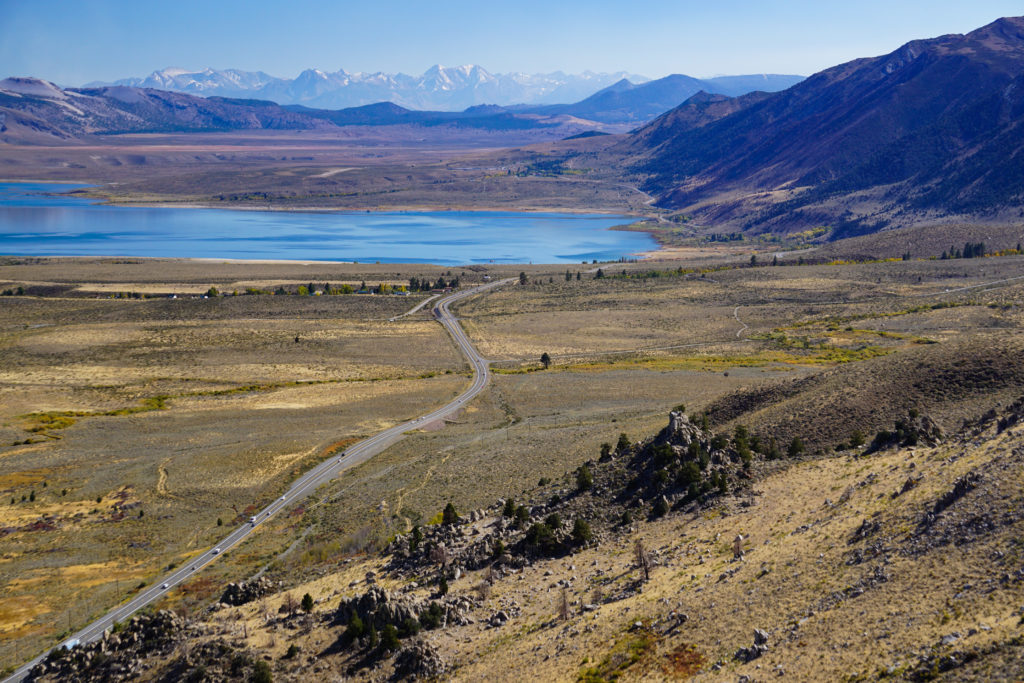
Some links on this page may be affiliate links. If you click an affiliate link and make a purchase, we may receive a small commission, at no extra cost to you. For more details, refer to our disclosure.

We were scheduled to drive to Mammoth Lakes the next day. That night I re-arranged our plans to allow us an extra couple of hours the following day to stop at Mono Lake, which was on our way.
More About Mono Lake
A large saltwater lake located along SR 395 a few miles south of Lee Vining, Mono Lake covers more than seventy square miles! It has a fascinating history and a very unique ecosystem. It is one of the oldest lakes in all of North America…about one million years old! And at one point, it was more than 900 feet deep. In the 1900s, however, the City of Los Angeles diverted so much water from this lake that its water levels dropped rapidly. Tufa towers (limestone structures that look like towers) became exposed, and the habitat of the wildlife in the region became endangered. Conservation efforts in the late 1900s were successful, and since then, water levels in the lake have been rising.
Mono Lake is home to trillions of brine shrimp that thrive in its salt water. The shrimp provide food for millions of migratory birds. I read about the Wilson’s Phalaropes, small fist-sized birds that arrive in the middle of summer at Mono Lake from northern US and Canada. Here they molt and gain size in a few weeks. In the middle of September, they leave Mono Lake for a 3,000-mile non-stop journey to South America, a feat they accomplish in just three days! California Gulls breed at Mono Lake. Large populations of the Eared Gribe come to Mono Lake to feast on the shrimp before they migrate to warmer climes for the winter. Over 300 species of birds use Mono Lake on their migratory path, and many nest here as well.
You could easily spend two or three days exploring all there is to see and experience at Mono Lake. Its tufa towers are sought after by photographers, especially at sunset. There are many weekend field seminars to choose from, and expert-led walks daily. You can also take a canoe or kayak out on to the water during the summer. But with limited time on this trip, I looked up our choices on the web site and we decided to do the short boardwalk trail to look at some tufas, and to drive down to take a quick peek at more tufas in the South Tufa Area.
Walking the Boardwalk Trail
To walk the boardwalk trail at Mono Lake, take the exit at the Mono Lake County Park, about five miles south of Lee Vining. The trail is about a half-mile each way. It is easy and flat, and winds its way through the local flora of wild grasses, willows and wildflowers to a wonderful view of tufa towers in the water and the lake itself. The County Park has restrooms and picnic tables.
And I was not quite correct in my assumption about there being no fall colors at Mono Lake: the willow and wild grasses had turned into shades of yellow, brown and bronze and looked very attractive.
There were tufa formations close to the boardwalk, so close that you could really examine them without stepping off the trail. Tufa is formed when the calcium in underwater springs reacts with the carbonates in the lakewater, to form calcium carbonate or limestone. The calcium carbonate starts to solidify and grows into the tower shape over the course of many many years. Tufa towers are formed underwater, and generally stay underwater, but because so much water was diverted from Mono Lake, resulting in rapid decreases in water levels, the tufa towers at Mono Lake are visible above ground.
The boardwalk trail ended at a viewing area with benches. It was still quite some distance to the lake shore. We could see lots of birds at the shore, but we did not have binoculars or a really powerful zoom lens to be able to see them clearly.
From the viewing area, you retrace your steps on the boardwalk back to the parking lot. The views on the way back are just as gorgeous as the ones going towards the lake.
South Tufa Area at Mono Lake
The South Tufa Area is a few miles further down south on California SR 395. The approach road to the lake here offers much more expansive views of the water, so you can get a sense for how large the lake is.
A short unpaved road leads to the parking lot. You can take a guided tour that takes you to the tufas. We had not budgeted time to do this, so we contented ourselves with viewing them from the parking lot. This area has a large crop of tufa towers so it’s worth exploring in some depth, preferably with a naturalist.
Tips for Exploring Mono Lake
Allow two to three days to explore everything Mono Lake has to offer.
Take advantage of guided trail walks, tours and field trips so you can learn more about this unique place. For more information on tours and activities, visit the Mono Lake website.
Late spring, summer or early fall would be great times to visit. Summer offers opportunities to go out on to the water and to see the migratory birds, which generally arrive here in mid-summer.
Mammoth Lakes, about thirty minutes from the south end of Mono Lake, is a good-sized resort town and offers accommodations and a variety of dining options. I suggest staying in Mammoth Lakes and driving up and down each day. California SR 395 is very scenic and not super-crowded, so it’s generally an easy drive in good weather.
Pack plenty of water, a picnic lunch and snacks, so you can spend the day at the lake.
If you plan to photograph birds, a powerful zoom lens would be helpful. Pack binoculars for viewing birds from the viewing area at the boardwalk trail.
We’ll be back, Mono Lake!
For a brief stop, we had a wonderful time at Mono Lake. But this unique lake is worth exploring in greater depth. We plan to return and spend three days doing just that…taking a field trip to study the birds at the shore, doing a tufa walk at the South Tufa Area with a naturalist, and perhaps taking a photography tour at sunset.
Have you visited Mono Lake? Or another lake with a unique history or ecosystem? Tell me about it, in the comments below!

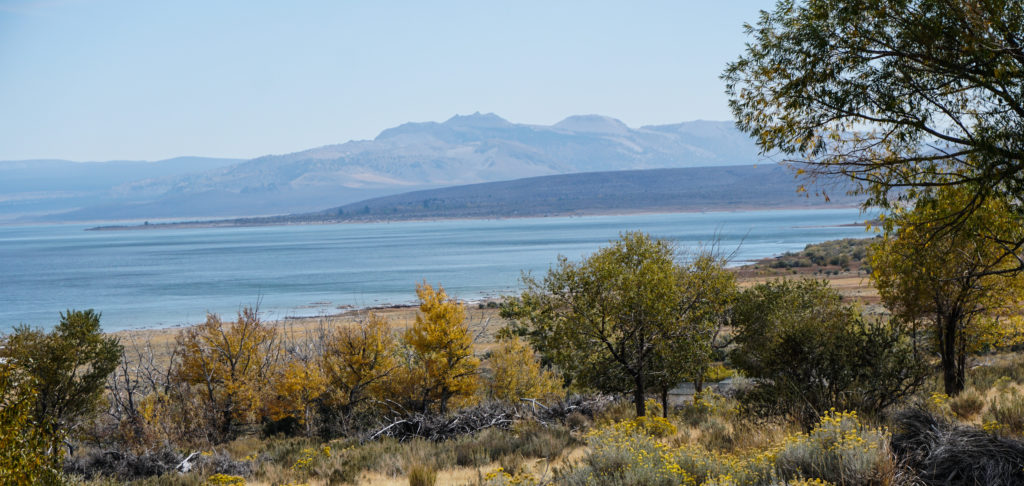
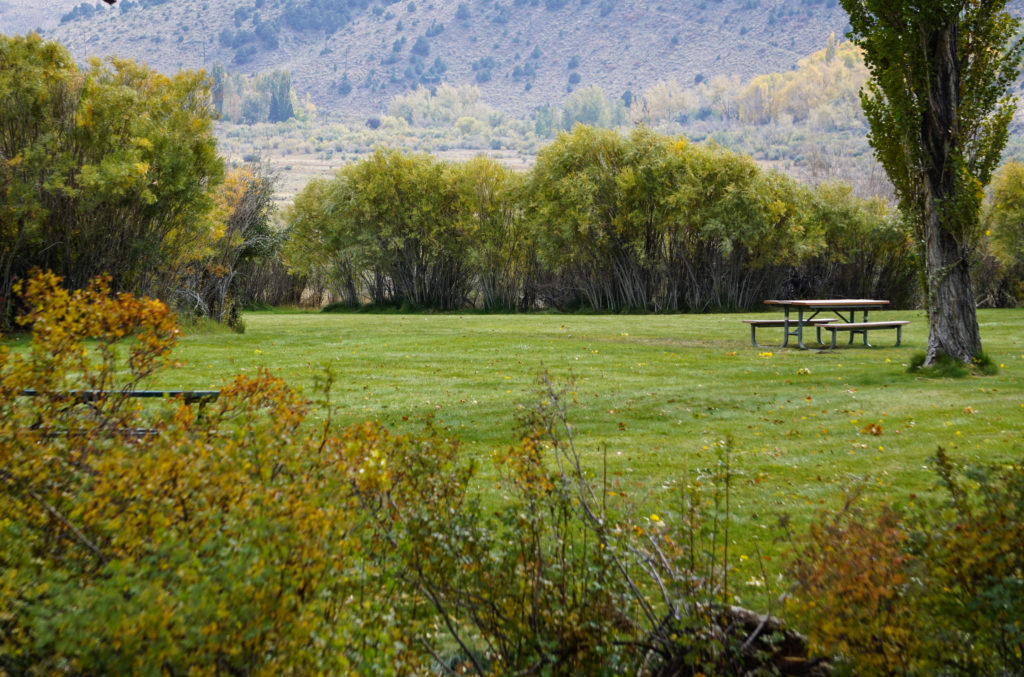
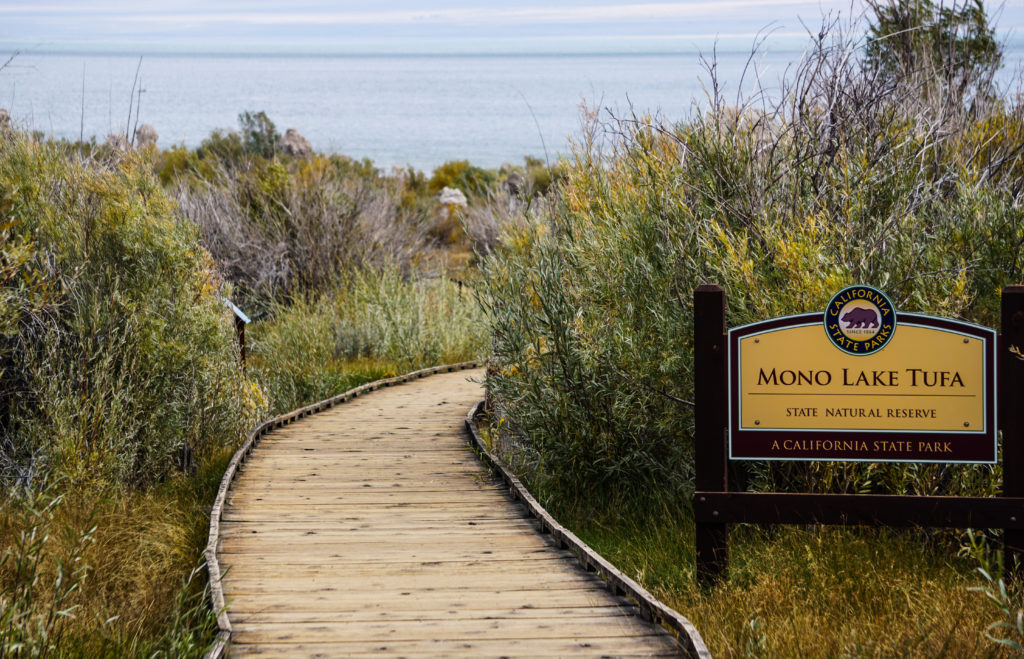
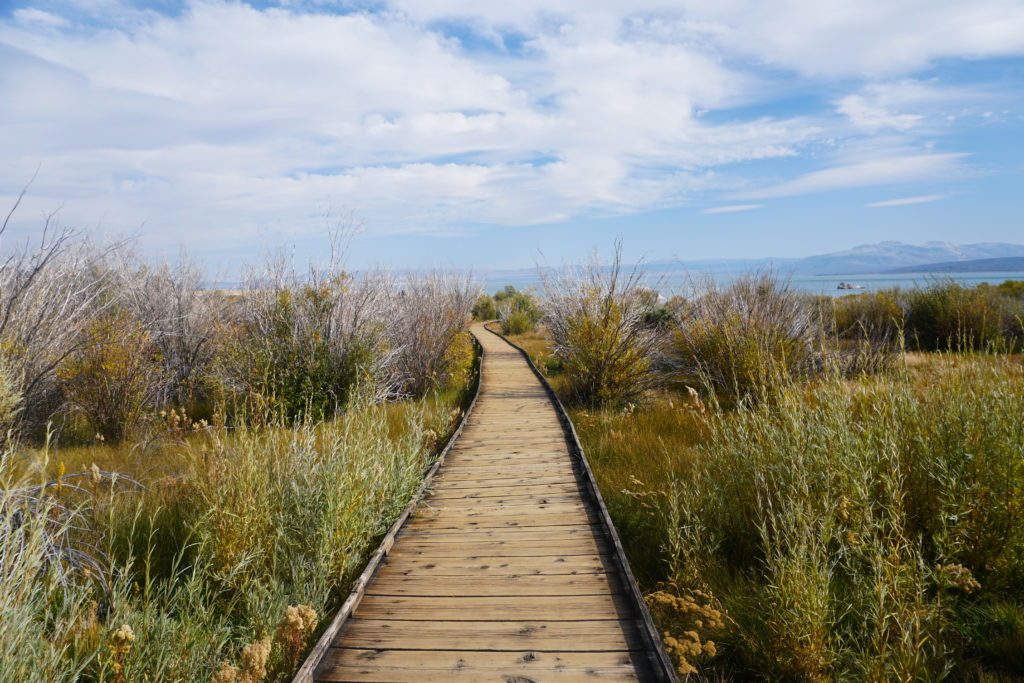
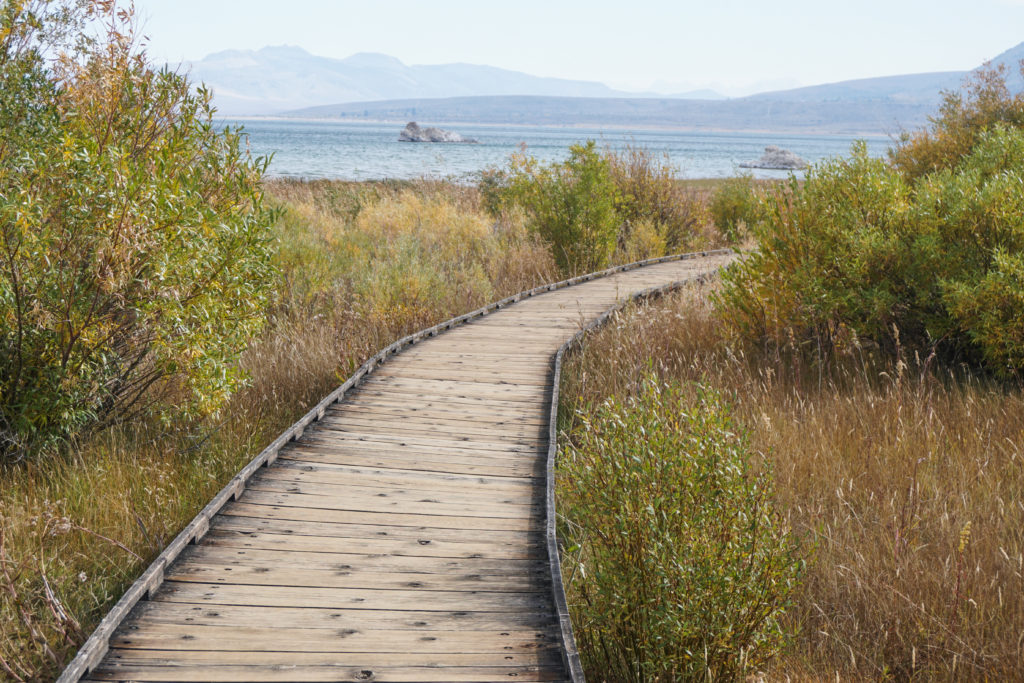
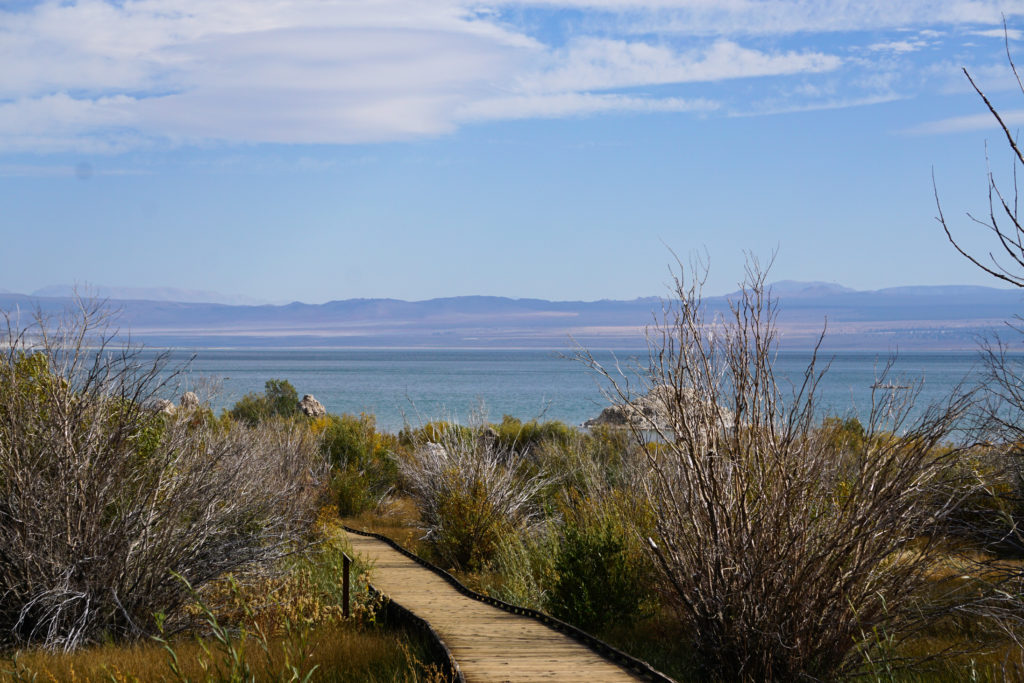
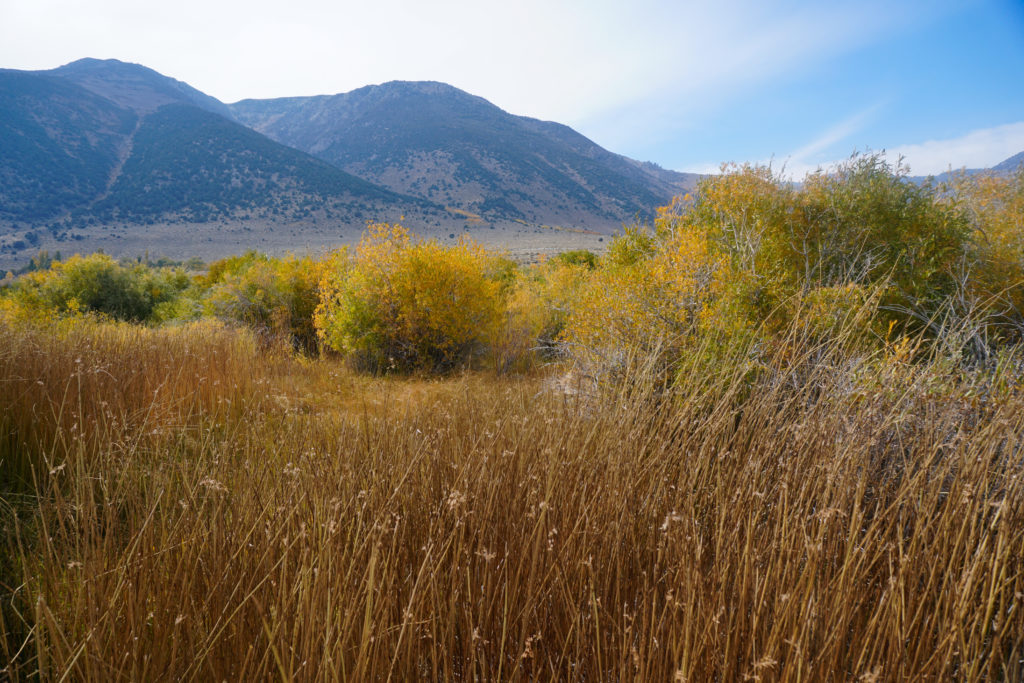
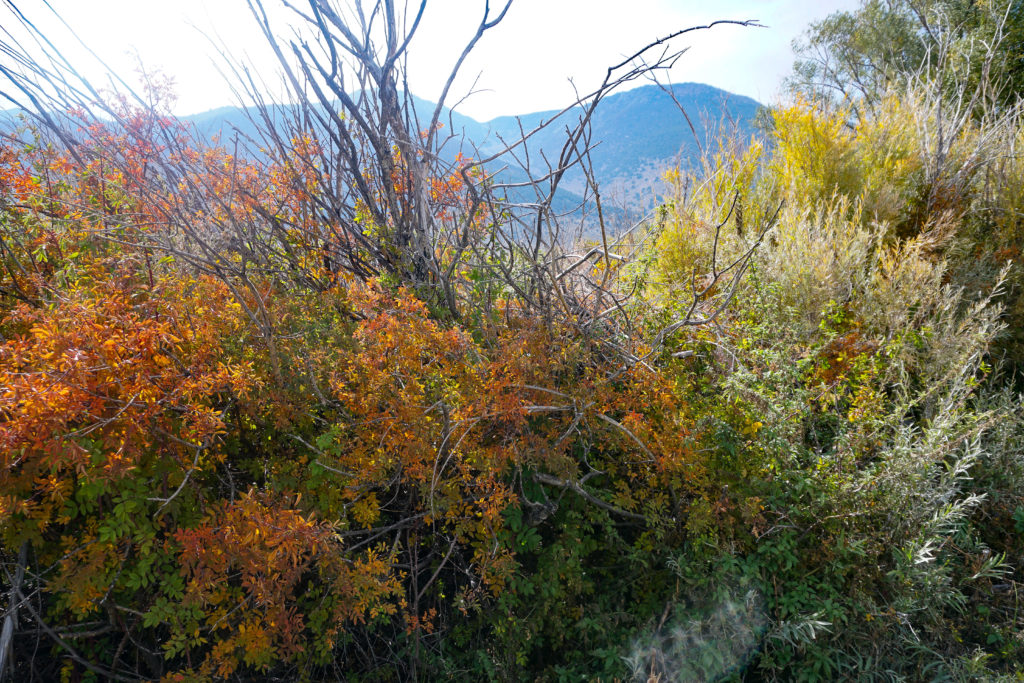
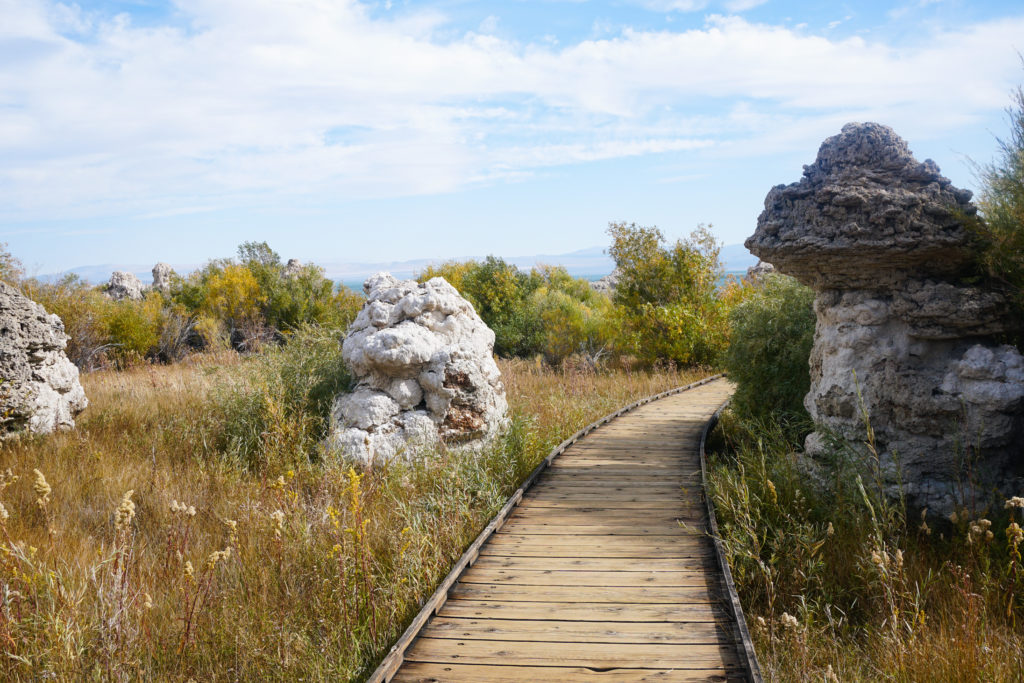
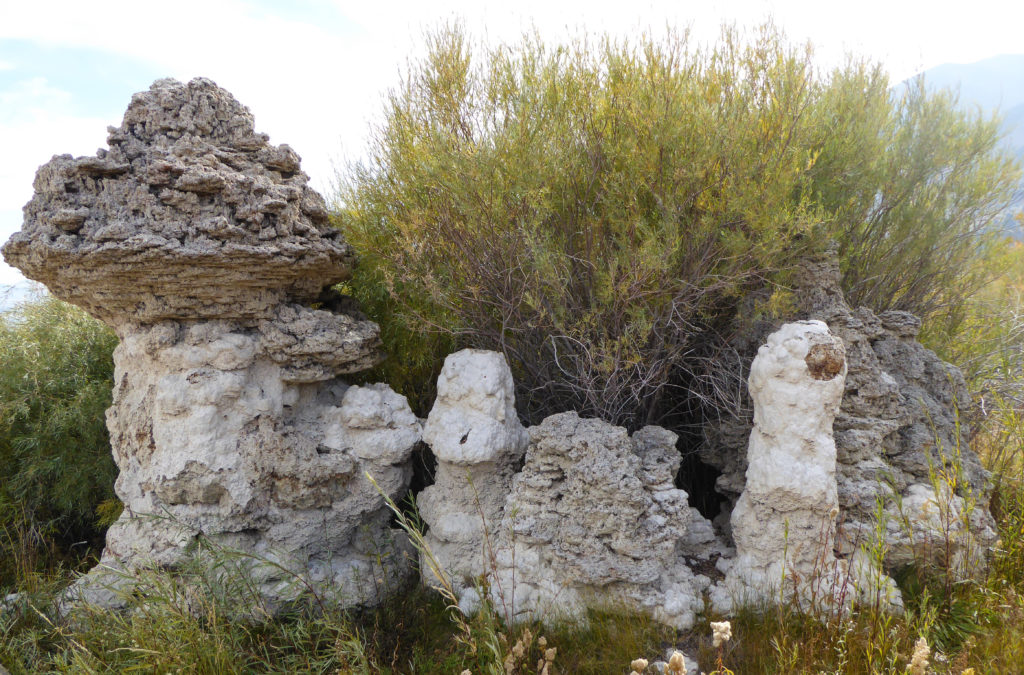
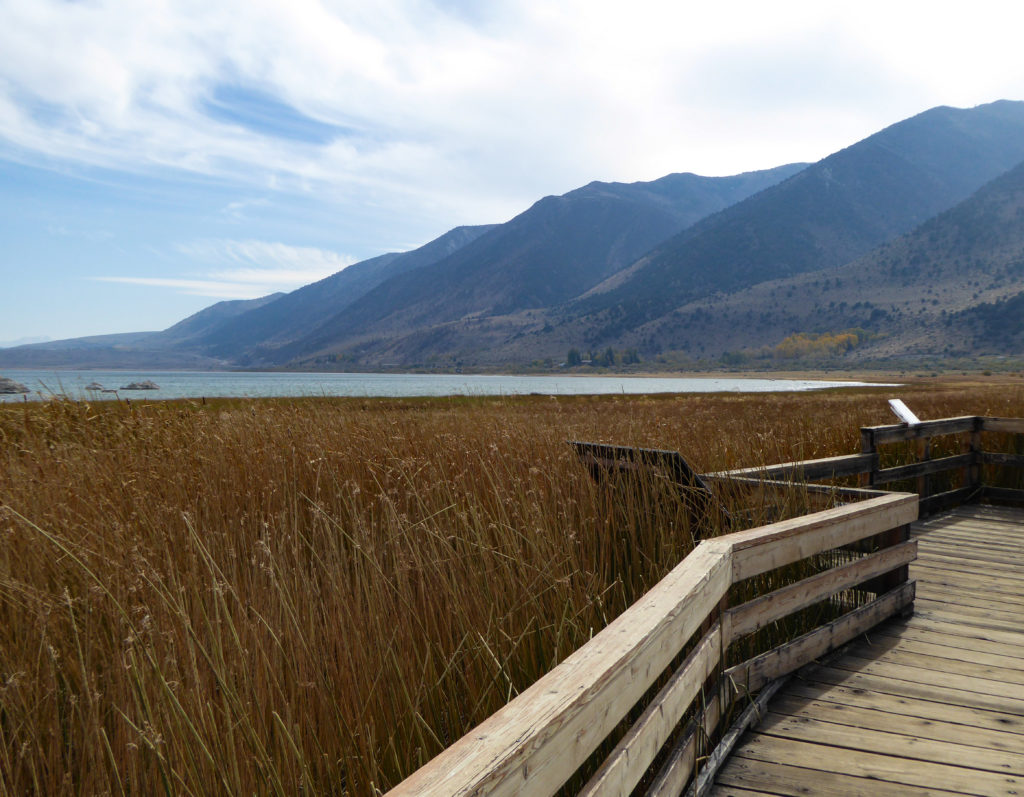

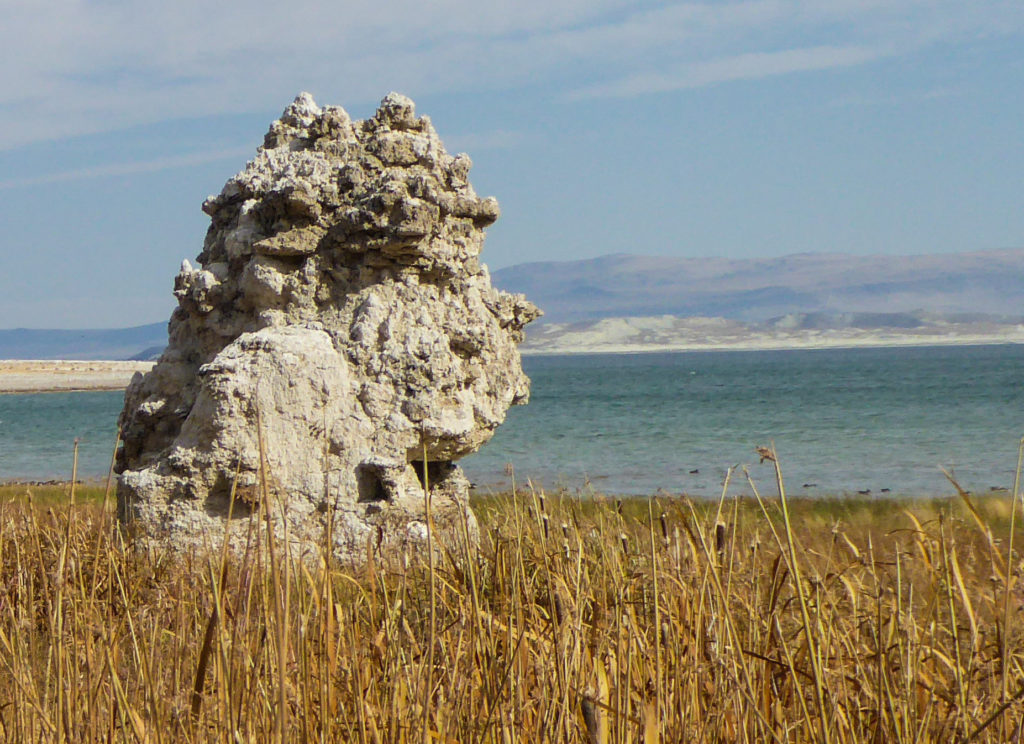
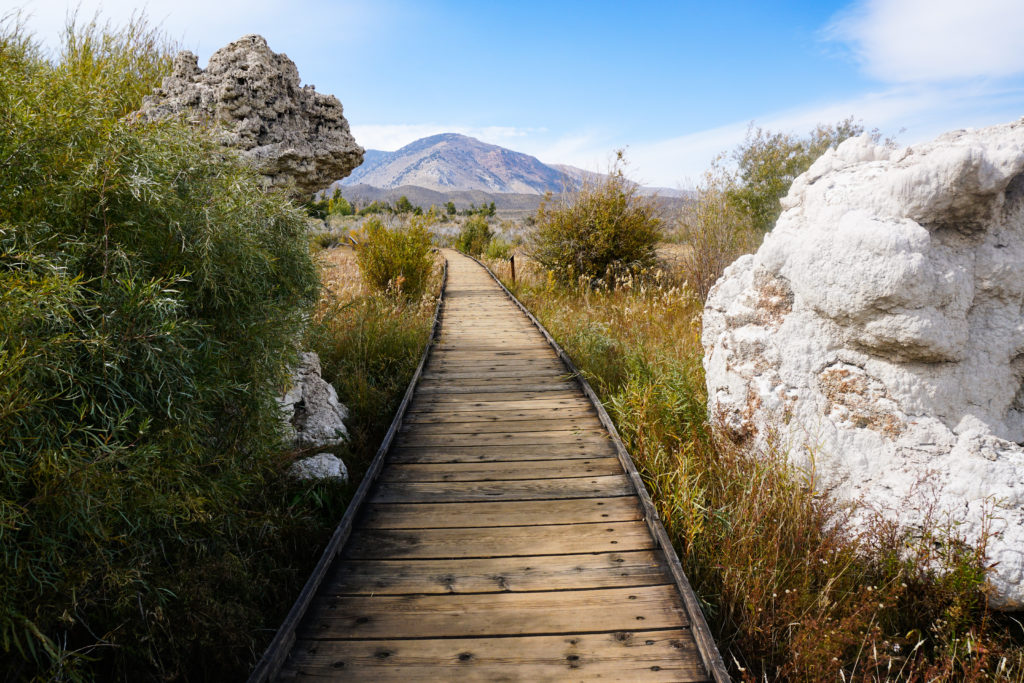
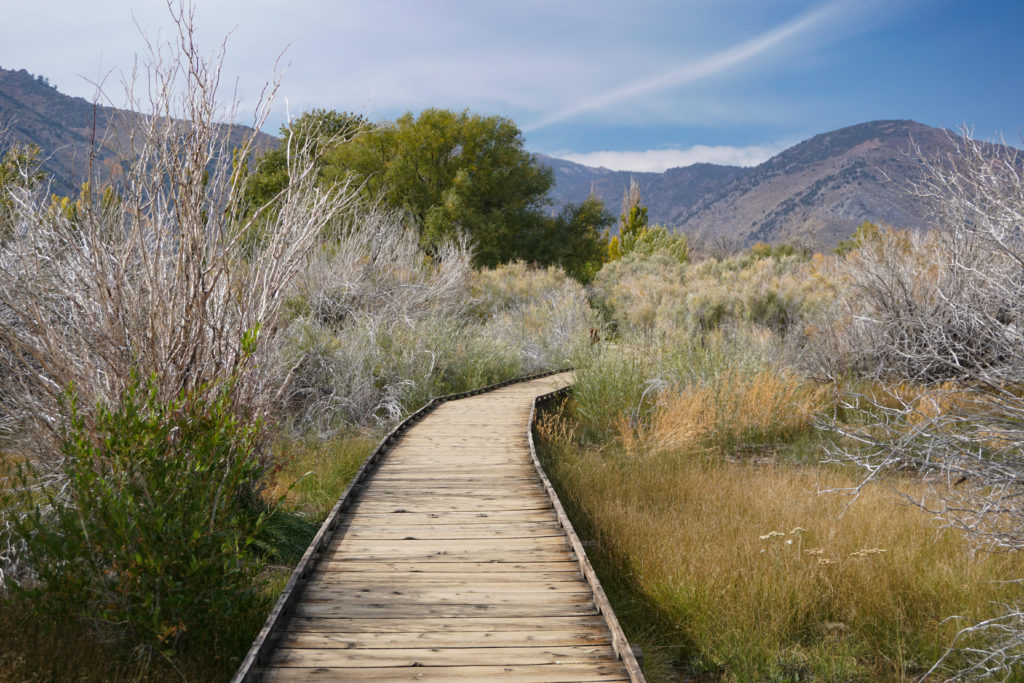
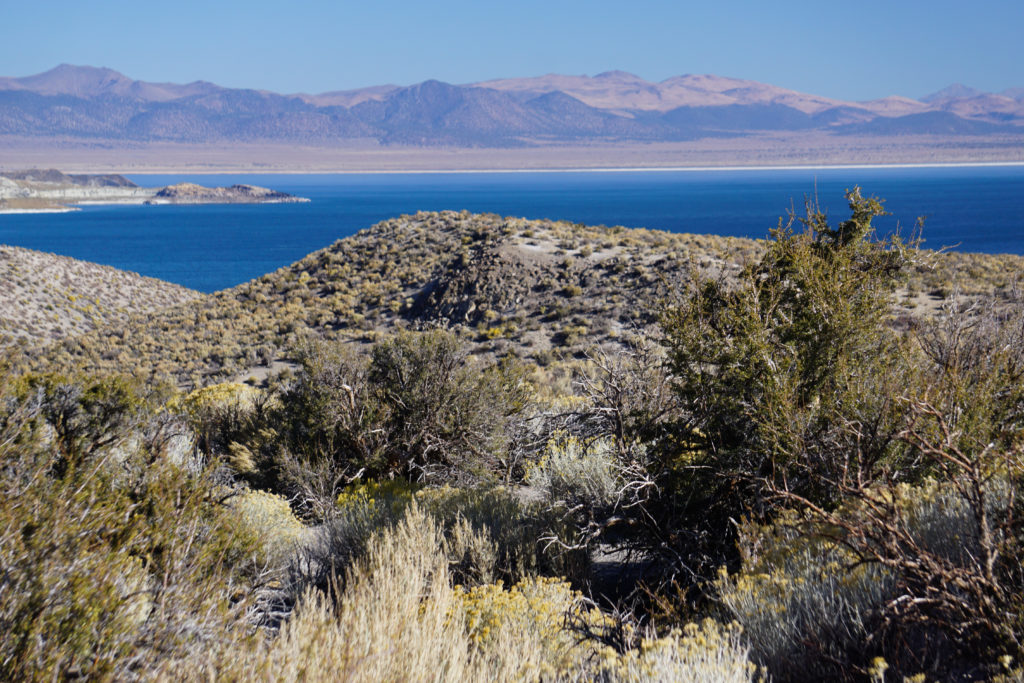
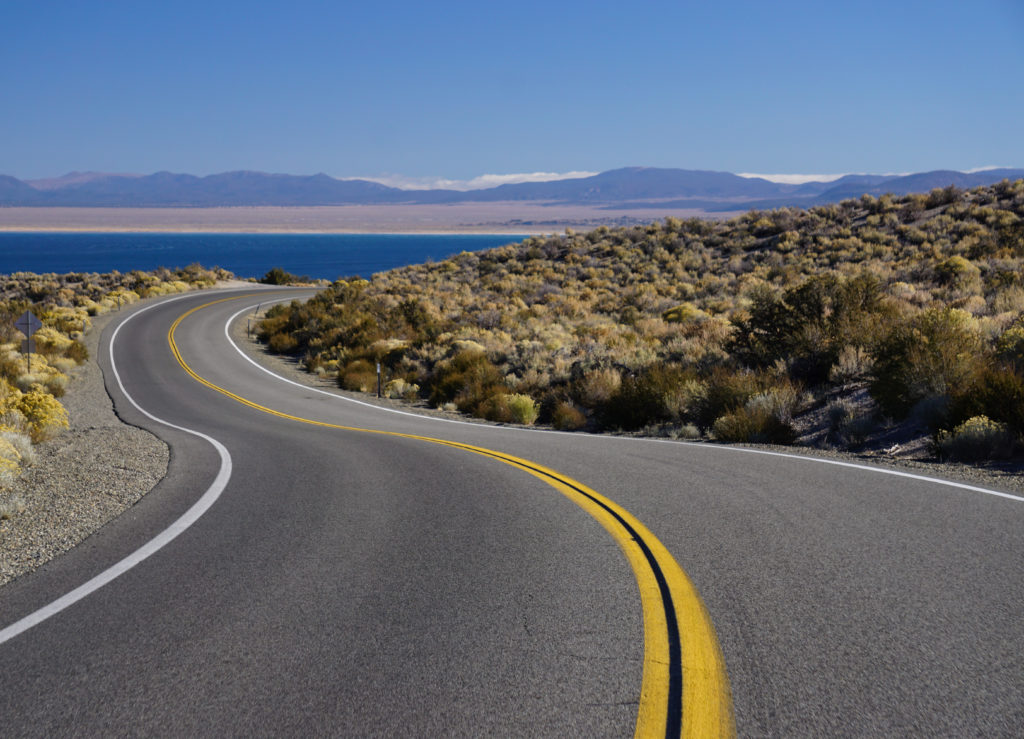
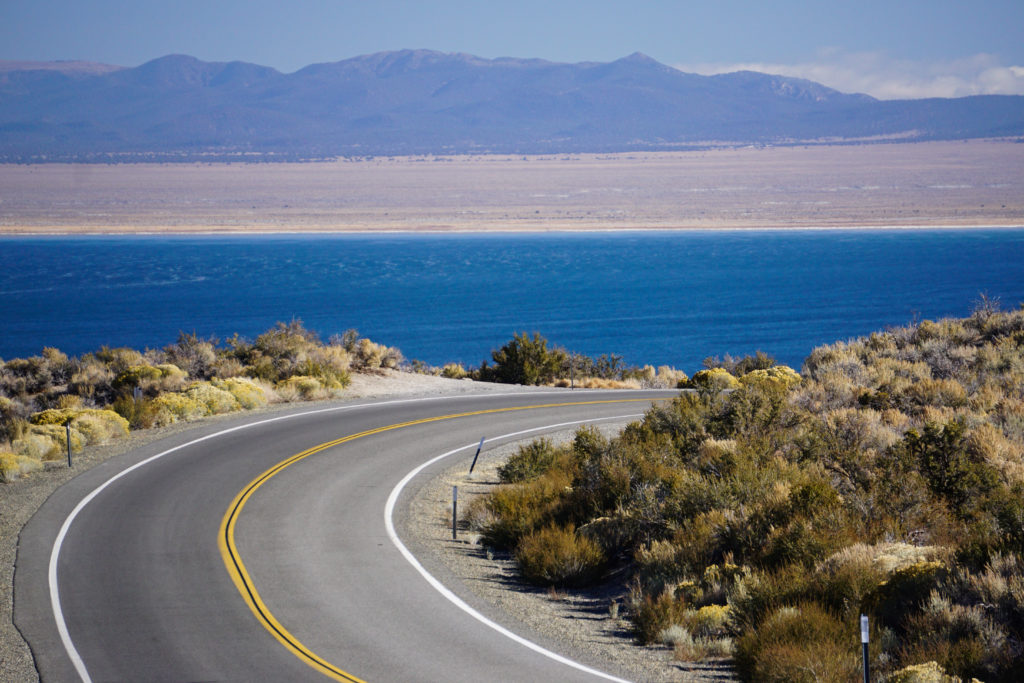
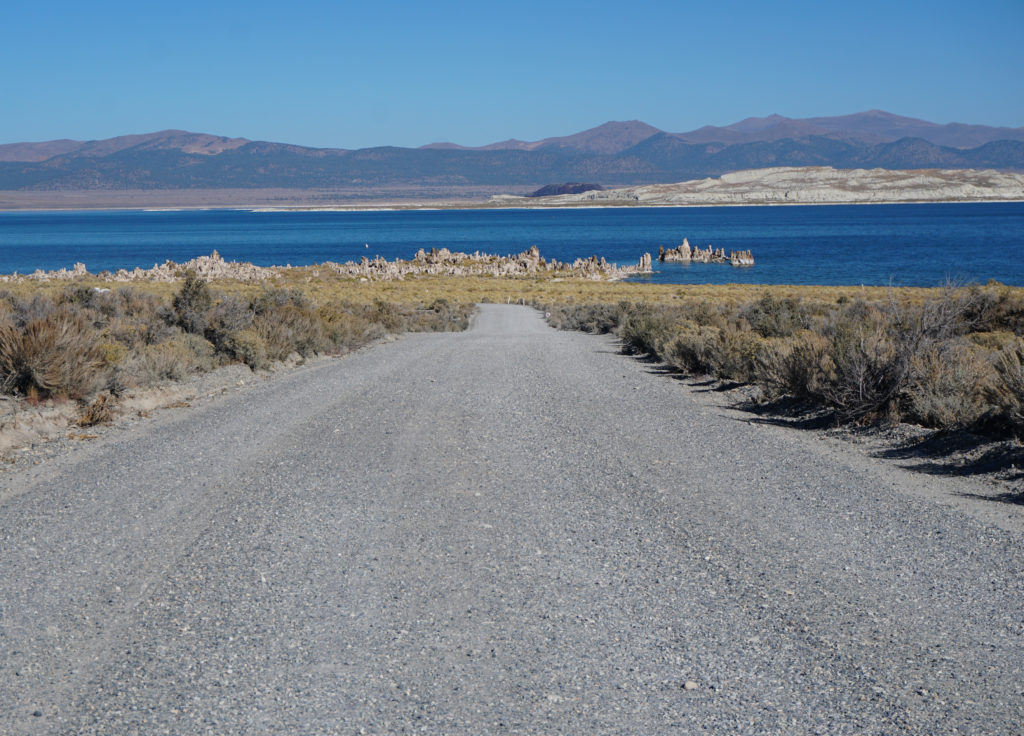
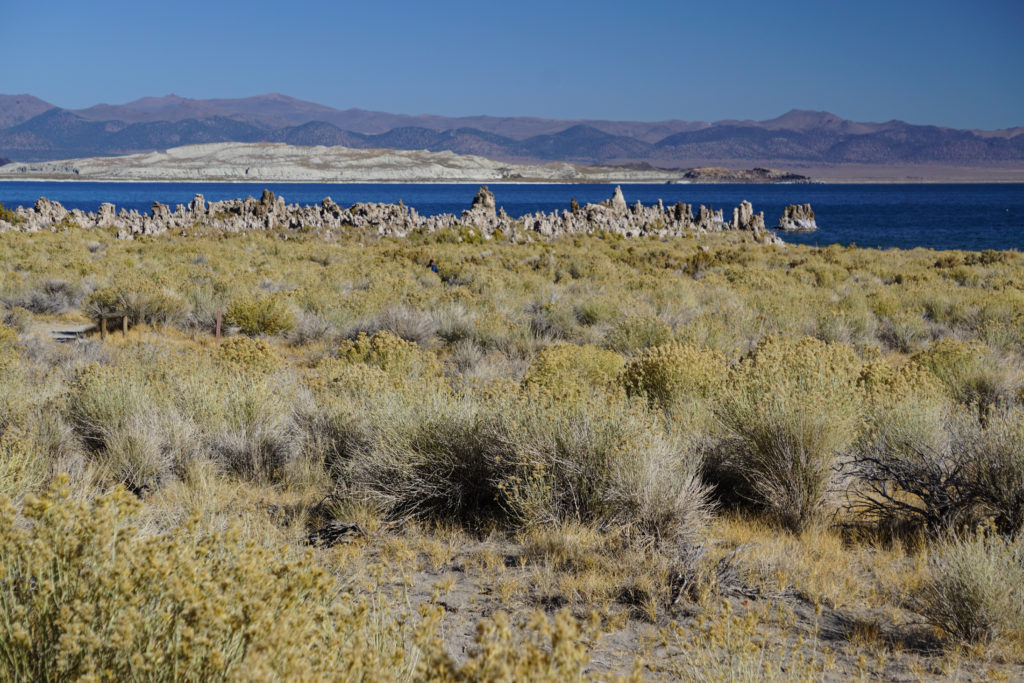



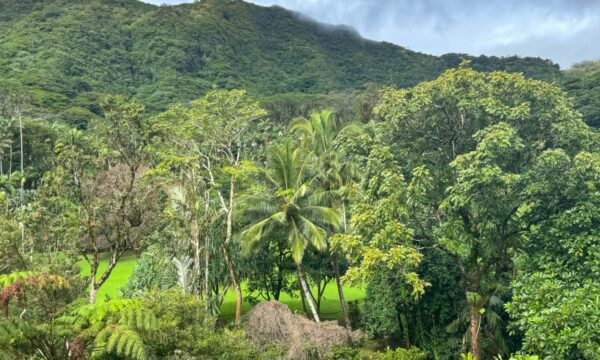
What a fabulous landscape to be let loose in! I’m so glad you shared it with me. The photos are wonderful. It would be nice if you could link back to mine on a future walk, but many thanks for your visit. 🙂 🙂
Thanks so much Jo. Mono Lake is beautiful. I will link the next time I post about a walk!